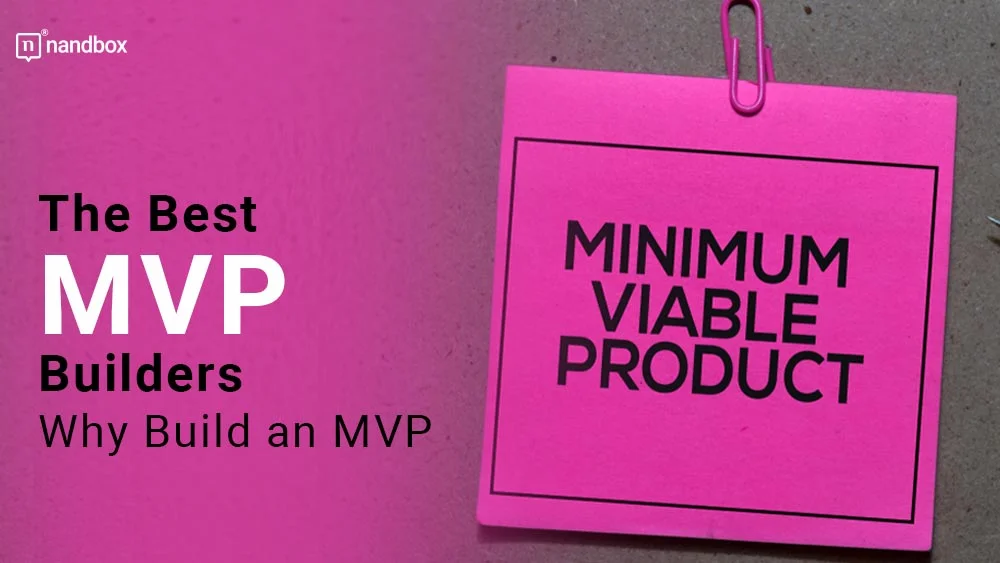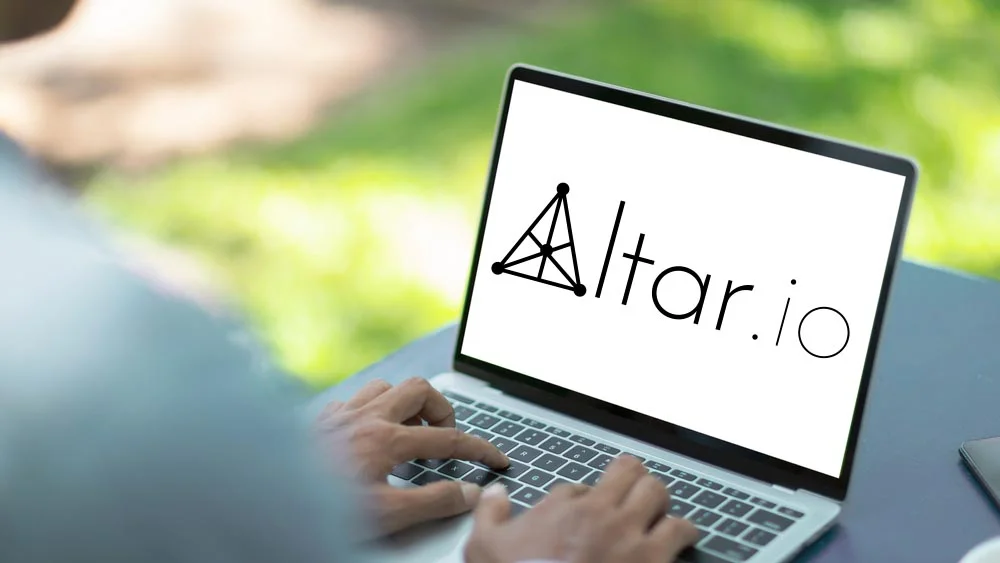A significant portion of app development time is spent on planning. Planning involves visualizing the app by making mockups, wireframes, and minimum viable products (MVPs). The topic of this article is MVPs, what they are, their benefits, and the top builders on the market.
What Are MVPs?
Using a minimum viable product, businesses can check the market interest in a software project before investing time and money into its development. Nearly half of all startups are unsuccessful due to insufficient consumer demand. Imagine the disappointment of realizing after months of work that nobody cares about your product. Asking an MVP development company for help might help you avoid this mistake.
According to the 80/20 rule, “minimum” refers to the percentage of a product’s features used. The minimum viable product is consequently developed with this goal in mind. Instead of spreading yourself too thin trying to perfect every aspect of the product, it is more effective to zero in on the top 20% of features that will have the most significant impact.
Although minimum viable products (MVPs) are especially useful for new businesses, they benefit any company developing a new product. Successful apps from well-known companies like Slack, Uber, and Figma began as minimum viable products. After all, this is still more cost-effective than developing a fully featured product only to see it go unnoticed by potential customers.
Benefits of Building an MVP
It Helps Determine if the Product Is In Demand
Companies develop apps to meet specific needs and address customers’ pain points. However, sometimes the pain points are already addressed by other apps, or they are no longer in demand. Building an MVP is one way to learn if customers are interested in the product. Users can examine the MVP and give feedback about its usability and whether they would use it.
It Can Be Used to Attract Investors
Investors are more interested in seeing your idea than in hearing about it. It makes sense, after all, because they’re investing money in it. And their funding will help you finalize a quality product. So to get their approval, you can show them the idea in the form of a well-made MVP.
It Starts the Journey of Building Customer Relationships
Testing your product with the MVP will help you gain customers and hear their feedback. If the product is good, they might spread the word. Moreover, you can modify the product according to their feedback, which inspires loyalty in them, and they will appreciate it. That way, you gain customers while learning how to make the best version of the app. It’s a win-win.
You Can Focus on the Core Features of the App
That is the purpose of the MVP, focusing on the app’s core features. Because you don’t have to worry about other features, you can put all your effort into tweaking and updating the main feature until it’s almost perfect. Additionally, you will discover if this core feature is truly a selling point.
It Accelerates the Product Development Process
The MVP phase answers many questions and guides you through creating and launching a product you believe in. You’ve already ensured that it’s in demand, has the right core features, is desired by customers, and is attractive to investors. The rest involves making it a real app.
The Top MVP Builders
Here are some tools to help you build a quality MVP.
Altar.io
Altar.io offers many services, including an MVP builder that takes your idea from the ground up. At first, they set up a meeting where you could discuss the product’s idea and your vision. Then, they create user stories. The next step is the design brief, where you or their UI/UX team build a design based on the user stories, UX personas, and product analysis.
Then, they build key screens, or the most important ones, for you to see how the app will look and approve it. Then, they design the rest of the screens and develop a full MVP before the testing phase.
Builder.ai
Builder.ai has a different process than Altar.io. First, they help you pick the type of software, whether it’s a web, mobile, or desktop app. Then, you select some of their templates to help them learn what type of app you’re building. Then, if you haven’t chosen the core features, they can help with that with their AI tool, called Natasha, which is optional.
After selecting the release platform, you can choose the team to work with based on their delivery time and time zone. For example, if you live in the US, you can pick teams from Canada or South America since they have similar time zones.
After making these selections, the development part can start, followed by the release, which they will help you prepare for.
BuildMyMVP
This platform has a website distinct from the previous entries. Builder.ai and Altar.io both give you a brief overview of the process and the benefits, and they answer all your questions regarding the MVP. BuildMyMVP has a less cluttered website. When you click on Get Started, you are prompted with options like the app’s platform, OS versions, type of app, and login options. Then, you can decide what kinds of authentication, user profiles, third-party services, and file uploads your app will need. Following that, you’ll choose how to make money from the app and whether or not it needs a star rating and review system.
Finally, you start picking design options, like a basic or a more sophisticated design, and if it will need branding. Then, after picking the options, you will get the pricing and time frame of the MVP building process.
Build your entire app, not just a minimum viable product, without writing a single line of code using app builders like our native no-code nandbox app builder. Go ahead and try it out!






